Review: Xiaomi Pad 7 Pro retains iPad Air design, brings more power
Xiaomi is killing it with its tablet portfolio; the standard Pad 7 proved to be an iPad Air clone that delivered a better value, and the Pad 7 Pro builds on that foundation. The tablet is identical to the regular model, but it comes with the Snapdragon 8s Gen 3, delivering much better power.
The Pad 7 Pro is available for £369 ($498) in the U.K. for the 8GB/256GB version, and it costs just £60 ($81) over the standard Pad 7 in the same storage configuration. There’s also a 12GB/256GB model that costs £419 ($565), and interestingly, Xiaomi is rolling out an edition with a matte glass panel that can be bought for £459 ($619).
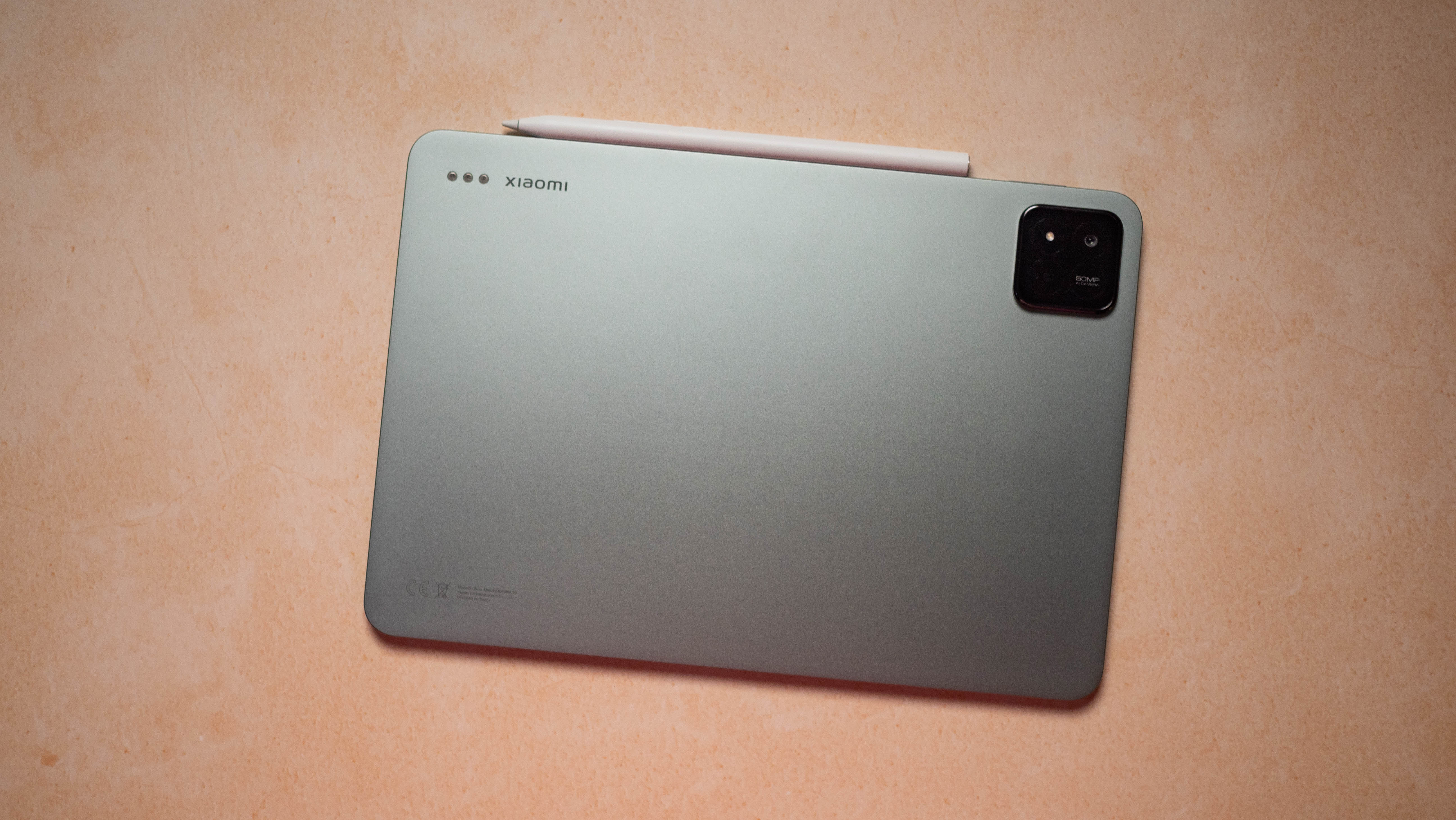
The matte glass model comes with 12GB of RAM and 512GB storage, and it uses a custom AG nano-coating layer that ensures you don’t see any glare, and it has a better texture if you’re interested in using the Pad 7 Pro as a note-taking tool. Xiaomi is being strategic about where it launches the Pad 7 Pro, with key regions like India not getting the tablet — the brand is only selling the Pad 7 in the country.
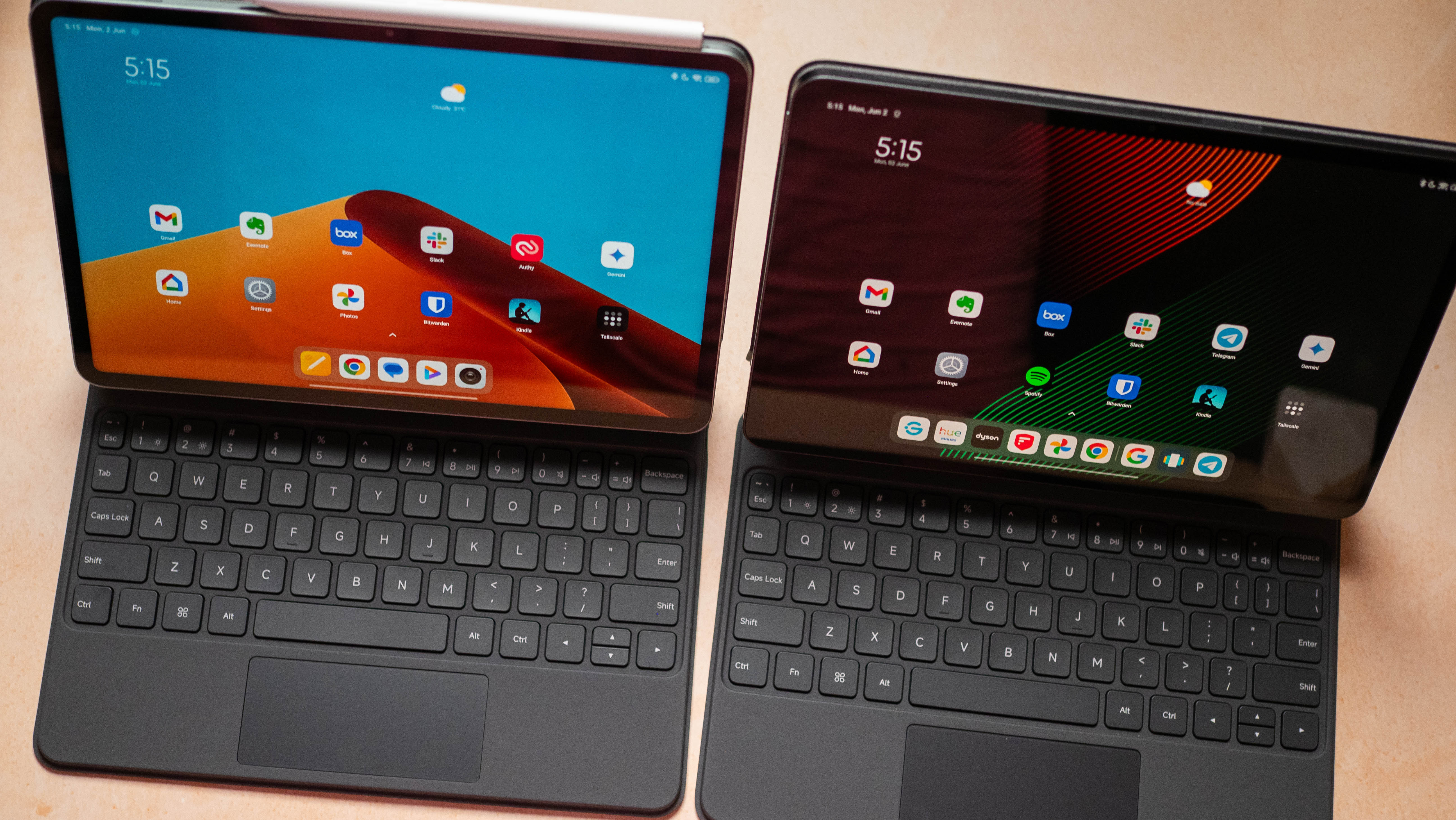
I still don’t understand why Xiaomi chose to imitate the iPad’s aesthetic; the Chinese manufacturer has a clearly-defined design language with its other products, and the Xiaomi 15 and 15 Ultra look great. But with the Pad 7 Pro, you’re once again getting something that looks identical to the iPad Air, down to the packaging.
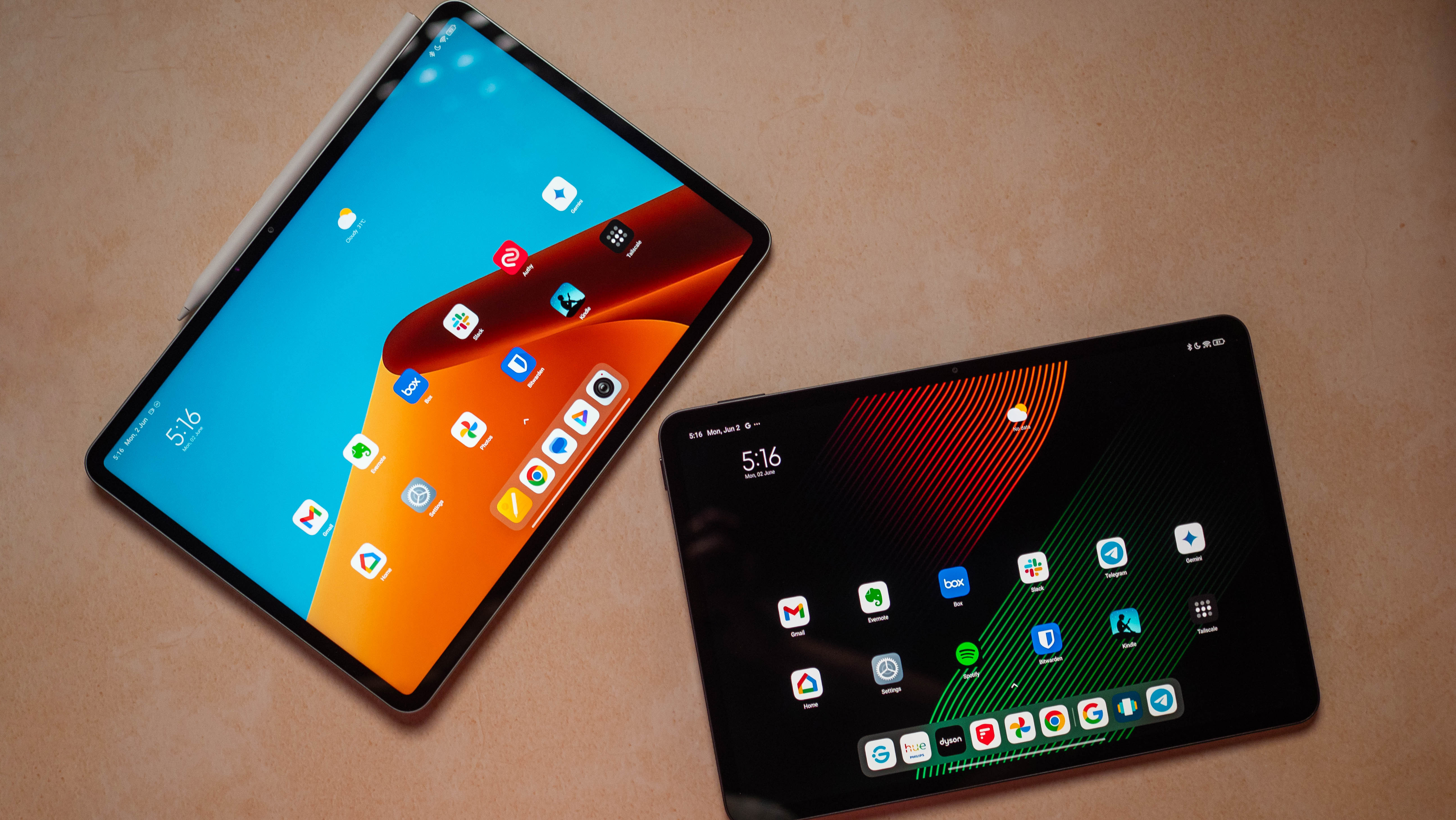
The plus side of the design choice is that the Pad 7 Pro is immediately familiar; it has a balanced heft, and isn’t too heavy in regular use. At 500g, it is 40g heavier than the iPad Air while offering a bigger 11.2-inch panel and larger 8,850mAh battery. Much like Xiaomi’s phones, the Pad 7 Pro has flat sides, but it has slight bevels that make holding it a little easier.
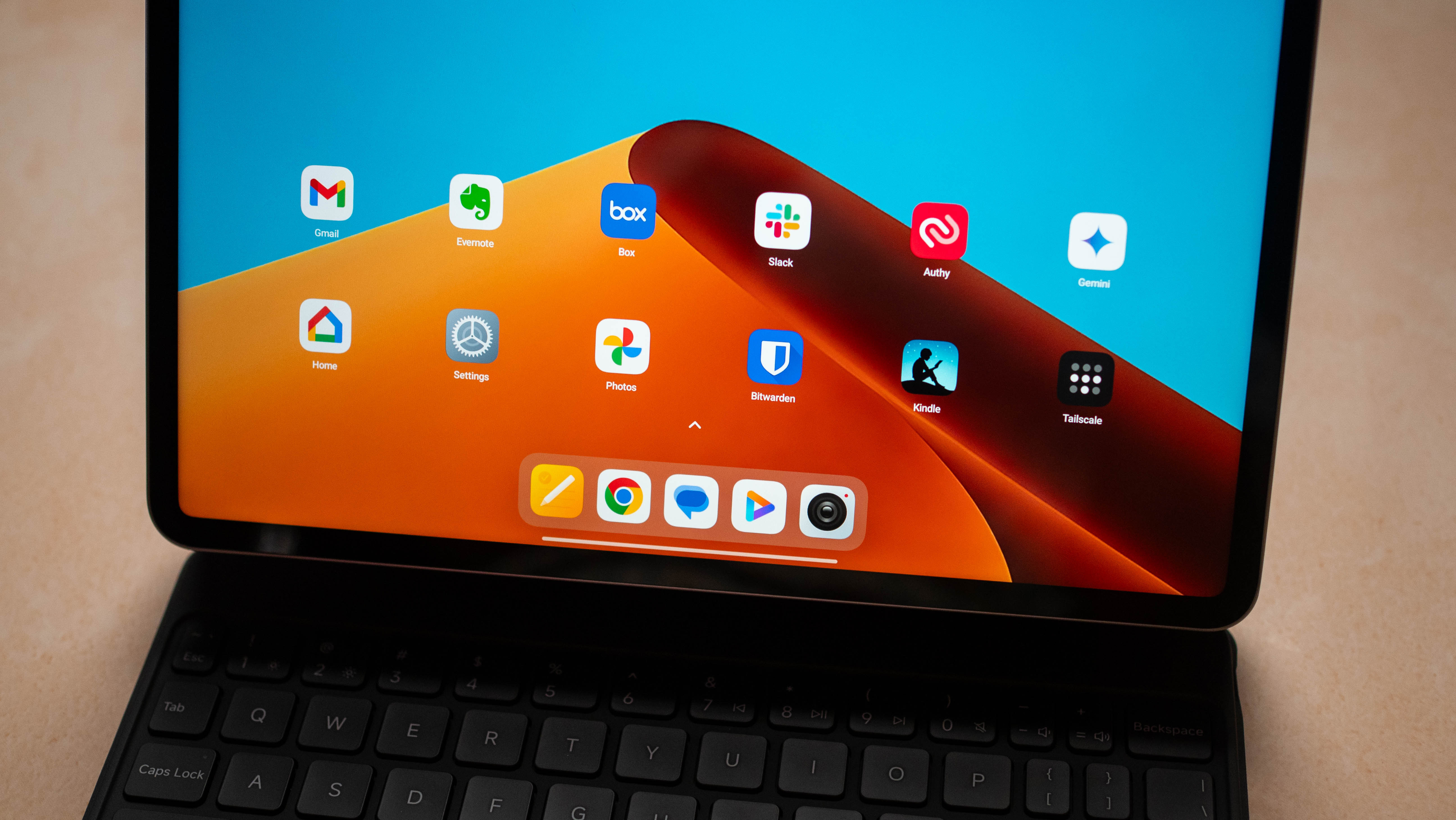
Xiaomi didn’t change a lot of things with the Pad 7 Pro; it has the same dimensions as the regular model, and the same weight. In fact, the biggest difference between the two is that the Pro model has beefier internals. It also gets better cameras, but honestly, you’ll get much better photos and videos with your phone.
Other than that, there are no differences between the two, and considering you pay just a little extra, that’s not a big deal. The Pad 7 Pro is just as easy to use, and the 11.2-inch panel has good color vibrancy and contrast levels. It isn’t an OLED panel like the iPad Pro M4, but it costs less than half as much.
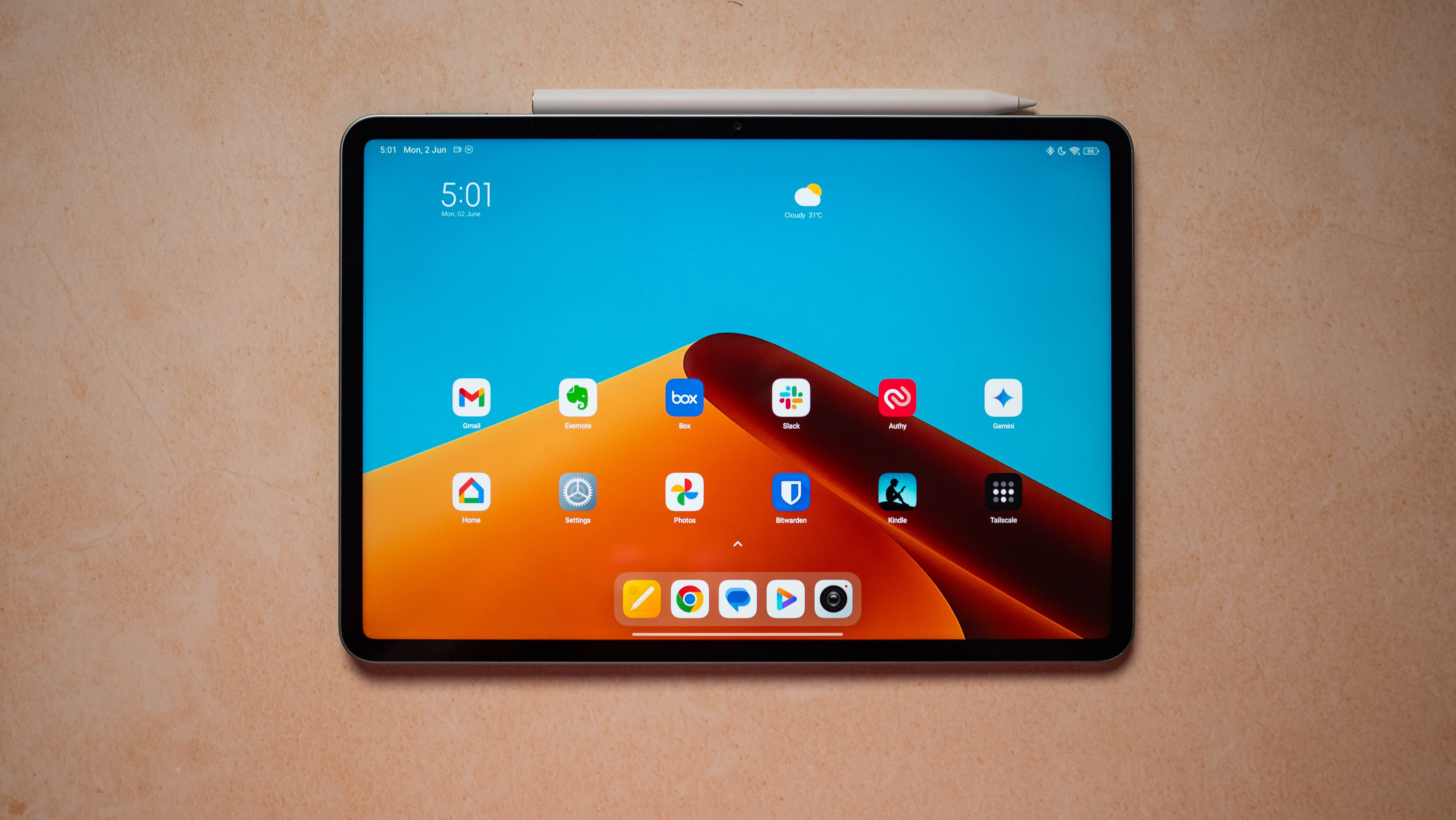
Considering its mid-range roots, the panel is one of the best around. If you must have AMOLED tech, Xiaomi just debuted the Pad 7 Ultra in China. It’s unlikely to make its way to global markets, but it is powered by the brand’s new Xring O1 platform, and it is interesting.
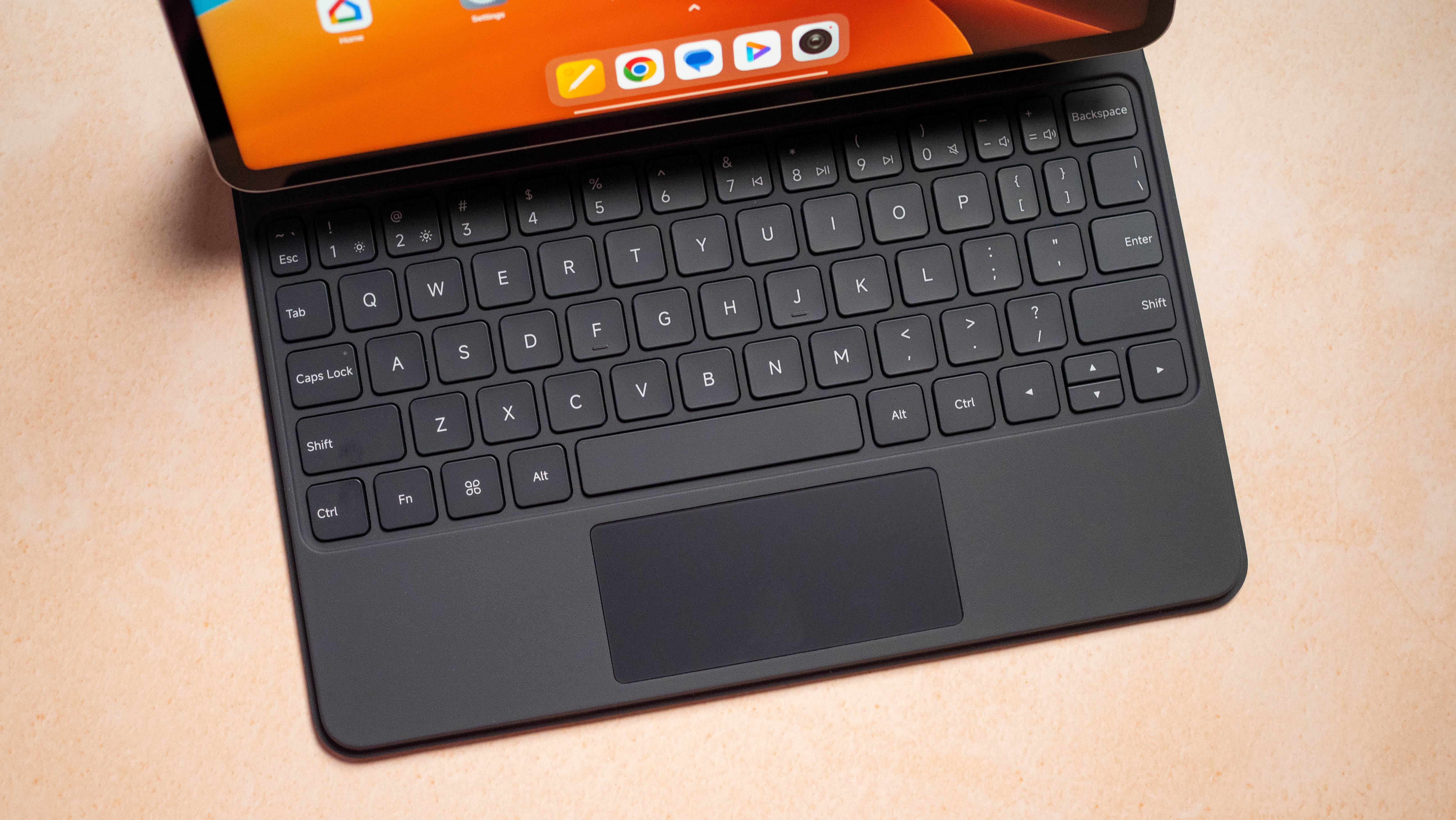
Coming back to the Pad 7 Pro, what I like the most about it is that it has excellent power. While the regular Pad 7 did a decent job in this regard, it didn’t quite deliver in demanding gaming scenarios — that isn’t a problem on the Pad 7 Pro. I didn’t see any issues in regular use or with visually-intensive games, and while it doesn’t obviously measure up to the iPad Pro M4, it is a fantastic choice if you need an Android-based alternative.

There really isn’t much else to talk about the tablet; it uses the same Android 15-based software as the regular model, and you get the same set of features. The tablet will get the same four Android OS updates alongside six years of security updates as the standard model, and that is in line with other products in this category.
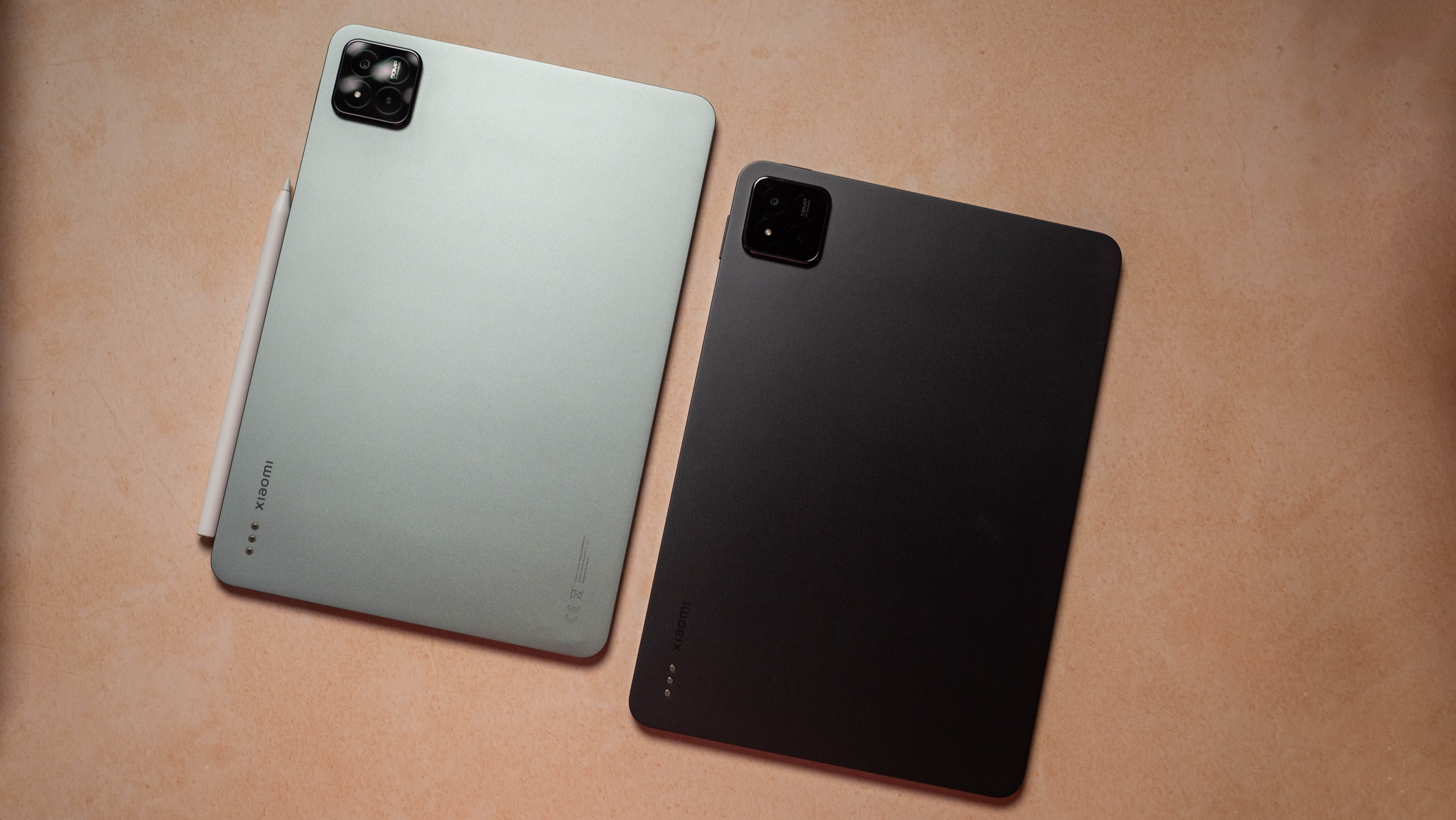
With the Pad 7 Pro, Xiaomi is providing a tablet with better gaming potential than the standard model. That’s the biggest draw here, and if you don’t intend to play many games on the tablet, you’ll be better served by the regular Pad 7 instead. But if you need a tablet that does well in demanding games, then you’ll need to pay a little more and get the Pad 7 Pro.
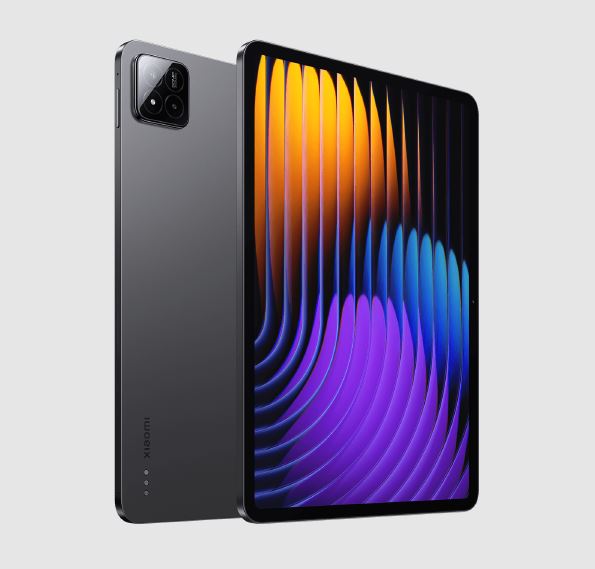
The Pad 7 Pro has the same design and battery as the regular model, but you get better power, and it makes a difference while gaming.

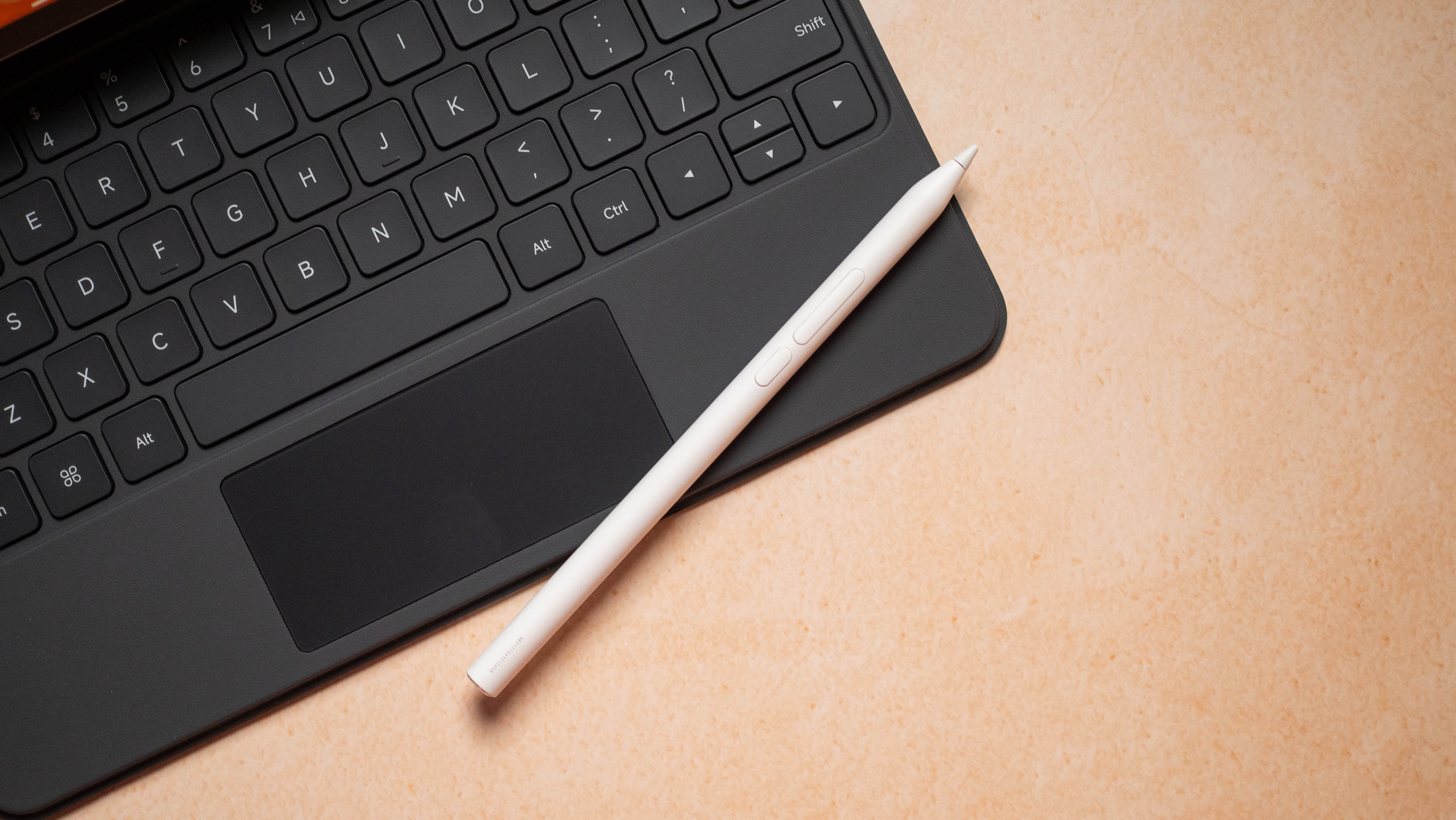
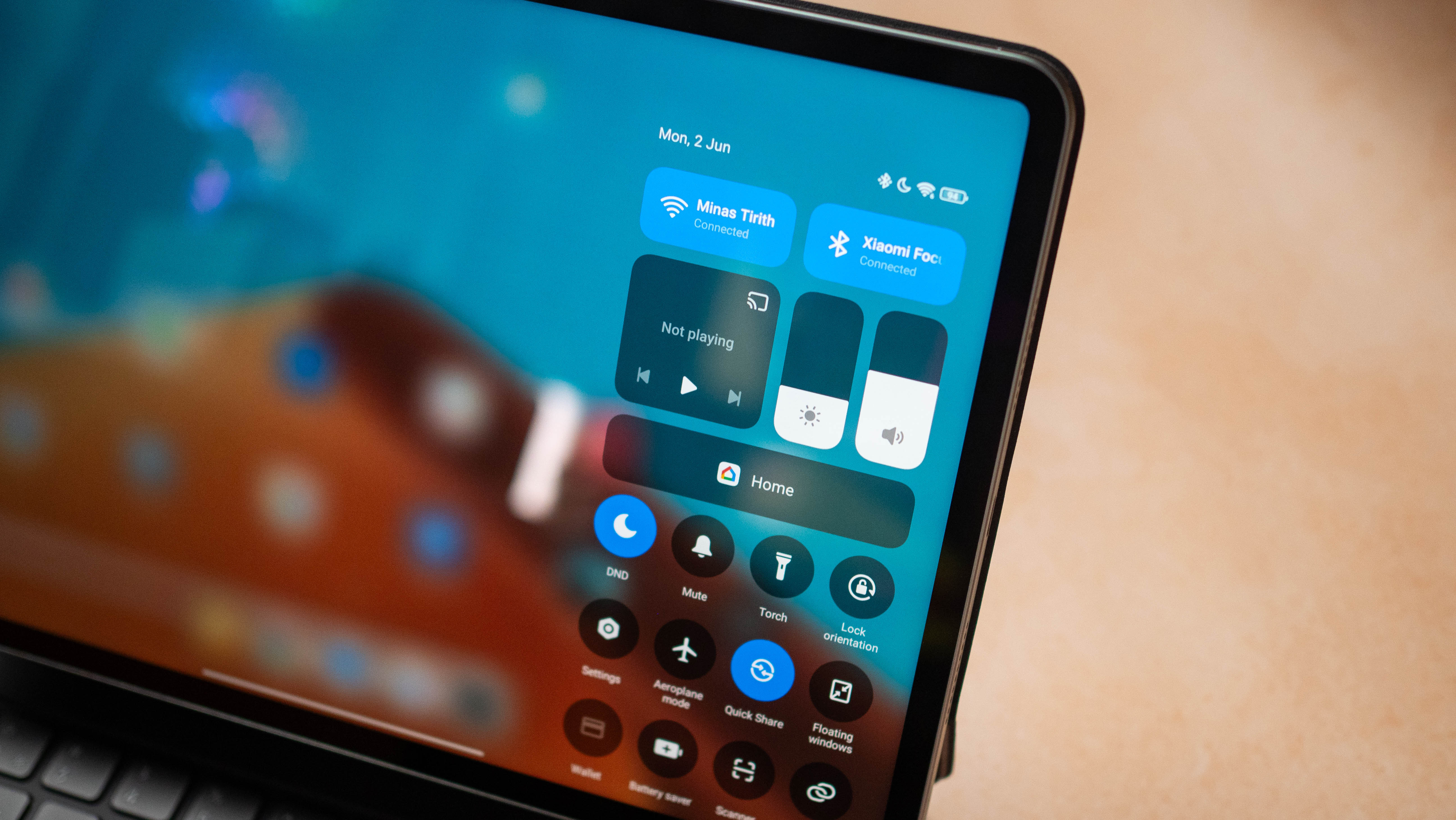













Post Comment